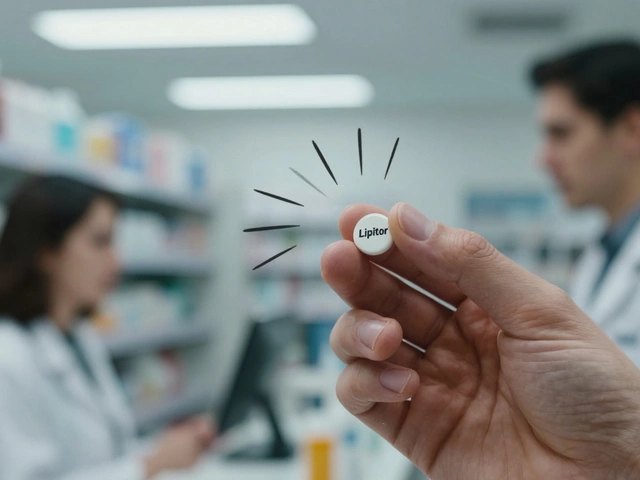Medicine Take-Back: Safe Disposal of Unused Drugs and Why It Matters
When you have leftover pills sitting in your bathroom cabinet, you’re not just holding onto old medicine—you’re holding a potential risk. Medicine take-back, a system for collecting unused or expired medications for safe disposal. Also known as drug return programs, it’s the only way to stop pills from ending up in landfills, rivers, or the hands of someone who shouldn’t have them. Flushing them down the toilet or tossing them in the trash might seem easy, but it’s dangerous. The EPA and FDA both warn that flushing drugs pollutes water supplies, and throwing them in the trash leaves them vulnerable to theft or accidental overdose—especially for kids or pets.
Pharmaceutical waste, the leftover medications that aren’t used or have expired is a growing problem. In the U.S. alone, millions of pounds of unused prescription drugs pile up every year. Opioids like oxycodone, painkillers like ibuprofen, and even antidepressants like sertraline are commonly found in home medicine cabinets long after they’re needed. These aren’t just old pills—they’re public health hazards. Take-back programs, official collection sites run by pharmacies, hospitals, or law enforcement make it simple to drop off these drugs for proper destruction. Many of these sites are free, anonymous, and open year-round. You don’t need a receipt or ID—just bring the pills in their original containers.
Why does this matter? Because every pill you leave at home is one more chance for misuse. Studies show that most teens who abuse prescription drugs get them from family medicine cabinets. And when these drugs enter waterways, they affect fish, wildlife, and even drinking water. Drug disposal, the process of safely removing unwanted medications from circulation isn’t just about cleanliness—it’s about safety. The FDA and CDC both push for take-back as the gold standard, not just because it’s clean, but because it’s the only method that guarantees drugs won’t be reused or leaked into the environment.
Some people think they can mix pills with coffee grounds or cat litter before tossing them. That’s better than flushing, but it’s still not enough. Only take-back programs ensure full destruction under controlled conditions. You’ll find these drop-off locations at local pharmacies like CVS or Walgreens, police stations, or during National Prescription Drug Take Back Days. No need to wait for an event—most permanent sites are always open.
What you’ll find in this collection are real, practical guides on how to handle old medications—whether it’s cleaning an inhaler, safely storing painkillers, or knowing which drugs can’t be taken back. You’ll see how people manage leftover opioids, statins, and antidepressants, and how to avoid common mistakes that put families at risk. These aren’t theoretical tips—they’re lessons from real users who’ve been through it. You don’t need to be a doctor to do this right. You just need to know where to go and why it counts.
Cefprozil Storage & Disposal Guide: Keep Antibiotics Safe
Learn the right way to store Cefprozil, spot signs of degradation, and safely dispose of leftovers to protect health and the environment.
About
Medications
Latest Posts


Nitrosamine Contamination in Generic Drugs: Recent Recalls and Regulatory Shifts
By Orion Kingsworth Nov 17, 2025

Amlodipine and POTS Syndrome: Can This Medication Help with Symptoms?
By Orion Kingsworth Apr 28, 2023

Side Effects with Generics: Are Adverse Reactions More Likely?
By Orion Kingsworth Dec 4, 2025

